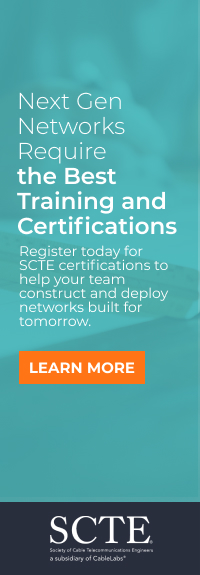As more and more people get their information from GenAI systems, those who control the systems have growing power to influence how people see the world and themselves in it.
Revolution, developed societies’ economic systems have been based on jobs. An individual has an acceptable standard of living based on having a job. It is unclear how people will maintain
their standard of living when so many jobs disappear.
Concentration of Power and Wealth
Those same productivity gains will result in increased concentration of power and wealth. Wealth will be driven by those who capture a significant piece of the productivity increase. This is why
there is such a mad rush in the GenAI industry. Friends have likened it to the arms race during the Cold War. With Meta offering $100M signing bonuses to AI scientists and engineers, it is clear how wealth will continue to
concentrate.
Power comes from being able to manipulate the outputs of GenAI systems to conform to one person’s particular opinions and beliefs. Elon Musk’s experience with
controlling xAI’s chatbot’s output to conform to his outlook is
instructive here.
As more and more people get their information from GenAI systems, those who control the systems have growing power to influence how people see the world and themselves in it. This has
implications for political systems as well as other institutions in society.
AI Generated Audio, Video, Photo, Text, News
AI-generated video, audio, photos, text, and news are lowering barriers to entry for content creators while at the same time disrupting existing ways of determining truth and undermining trust in
society’s institutions.
Even without legal protections, those who control AI systems and the way they create these false views of reality have growing power. At the same time, diminishing trust - trust in institutions,
political leaders, and other individuals.
Artists are beginning to face the challenge of AI-generated art. More than 50% of content on music streaming services and social media is now AI-generated. The economics of AI-generated art give
it an advantage over human-created work, having an impact similar to the business job loss through automation.
On the other hand, there was a time when photography was predicted to spell the end of painting. It didn’t. Instead, it created a new additional art form. Will a GenAI art form appear
that complements the existing ones? Or will only art forms that can not be duplicated by GenAI and 3d printing be the only human-created forms to survive?
Some complain of ‘AI generated slop’ filling the web. This is not so much a result of the technology. Rather, the economic structures put in place by the websites that reward ‘click bait’,
low-cost content, etc.
So far, every attempt to develop technology to detect AI-generated content has failed. Some think they can tell the difference. But really, what they are detecting is the economic incentives put
in place by the websites.
Education
Potential productivity increases in education are coming with disruptions in how our educational systems work. Many see great promise for AI in education. Unfortunately, exactly how to do that is
not currently clear. This is happening at all levels and segments of education. Existing
methods are being disrupted. Also, it is increasingly difficult for educational institutions to prepare students for a future as the outlines of that future blur.
Human Language and Capability Changes
Because LLMs predict the highest probability next word, over time, there is the potential that only the most widely used words will be used. Thus, creating a shrinking vocabulary. There is
concern in some quarters that the use of AI to do critical thinking for people can result in a shrinking ability to do critical thinking. In the past, the deployment of calculators and later GPS
Navigation systems has been seen to have decreased the average sizes of related human brain areas. Some expect the areas used for critical thinking to go through a similar shrinkage. A
similar thing can



















